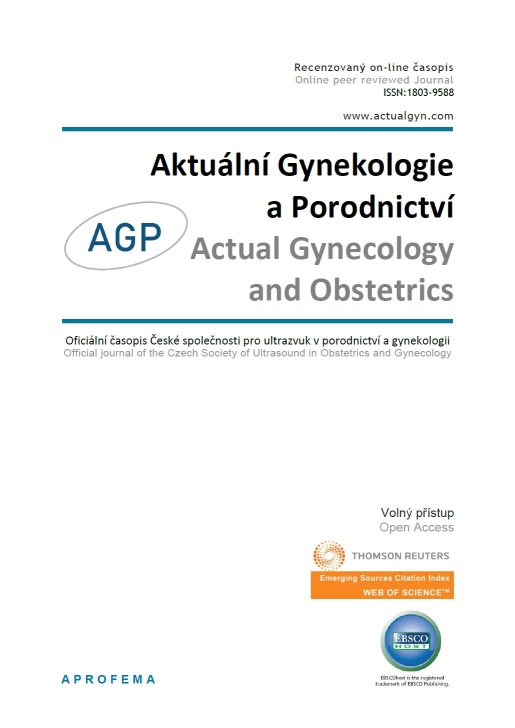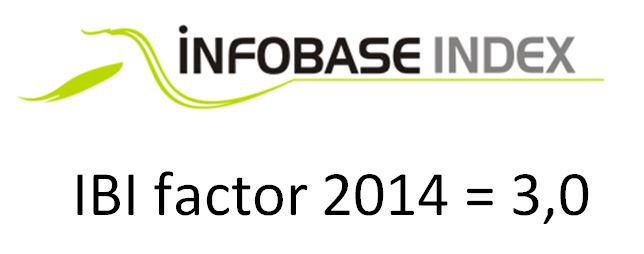











 Official publication of the Czech Society of Ultrasound in Obstetrics and Gynecology.
Official publication of the Czech Society of Ultrasound in Obstetrics and Gynecology.

When we detect a tumor in the pelvis we find ourselves faced with the problem of determining both the origin, and biological behavior. The possibility to predict biological behavior of pelvic tumors already before treatment is the key to individual patient management with least patient burden proportional to potentially attainable goal. In the article below we deal only with the gynecological tumors.
The main postoperative prognostic and predictive factors such as staging, grading, histological type of tumor, lymph node involvement (as included in staging) and postoperative tumor residue are well known and routinely used. However, if we focus on the possibility of preoperative prediction of tumor biological behavior, it can be based on several factors. These include clinical indicators such as patient age at time of diagnosis, patient performance status, blood "markers" assessment, imaging studies results (particularly ultrasound) and processing of biopsy samples obtained by excision from the tumor during laparoscopy or tru-cut biopsy, etc. Other predictive biomarkers that can generally predict success of our therapy include, e.g. CA125, HE4, ROMA index, presence of the BRCA 1/2 or p53 mutation, Her2/neu, ER / PR or L1CAM positivity, PROVAR (a panel of 9 protein markers), intraepithelial tumor-infiltrating lymphocytes, preoperative thrombocytosis, neutrophil-to-lymphocyte ratio, Ki67 positivity rate (MIB1), gene expression profiles, protein of resistance, etc. These biomarkers will be discussed below.
Since the patient, her tumor and the therapeutic approach always form a unique combination, the resulting QoL (Quality of life), DFI (Disease free interval) and OS (Overall survival) are difficult to predict. Therefore, none of the tests used so far and no currently known marker can provide an accurate answer to these basic existential questions that a patient as well as her closest ask the most frequently.